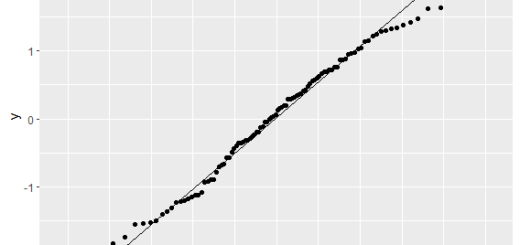Introduction to Deep Learning
Introduction to deep learning, This is a follow-up to one of our previous posts, which you can read here if you missed it.
Introduction to Deep Learning
Deep learning applications are employed in practically every industry, including health care, internet service, telecommunication service (mobile phone), automobiles, and so on…
Deep learning is used in a variety of applications such as image or video categorization, speech recognition, recommendation systems, and so on.
summarize in r, Data Summarization In R »
Why is Deep Learning gaining popularity?
1) Improvements in computer processing power.
2) Access to a large volume of data
3) Advances in AI and machine learning research
Deep learning is made up of three types of methods: supervised, semi-supervised, and unsupervised.
Deep neural networks are neural networks with more than two layers that process data using particular mathematical modeling in each layer.
In general, these networks attempt to extract feature sets from data automatically, which is why they are most commonly utilized in data types where feature selection is challenging, such as unstructured data.
Images, movies, text, and audio data sets are examples.
Principal component analysis (PCA) in R »
Different types of Deep Neural Networks
Let’s start by looking at various deep neural networks.
1) Convolutional Neural Networks (CNN)
2) Recurrent Neural Networks (RNN)
3) Restricted Boltzmann Machine (RBM)
4) Deep Belief Networks (DBN)
5) Autoencoders.
Each of these neural networks will be discussed in-depth in a future post.
Customer Segmentation K Means Cluster »




